oxfenicine
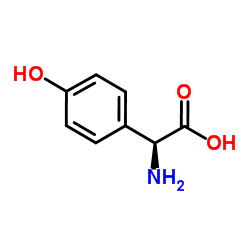
oxfenicine structure
|
Common Name | oxfenicine | ||
|---|---|---|---|---|
| CAS Number | 32462-30-9 | Molecular Weight | 167.162 | |
| Density | 1.4±0.1 g/cm3 | Boiling Point | 365.8±32.0 °C at 760 mmHg | |
| Molecular Formula | C8H9NO3 | Melting Point | 240ºC (dec.) | |
| MSDS | Chinese USA | Flash Point | 175.0±25.1 °C | |
| Symbol |

GHS07 |
Signal Word | Warning | |
Use of oxfenicineOxfenicine, also known as UK-25842, is a carnitine palmitoyltransferase I (CPT-1) inhibitor involved in fatty acid metabolism in the heart. In animal studies oxfenicine acts as a cardioprotective agent during ischemia. Oxfenicine produces changes in myocardial substrate utilisation and is attributed to the protection of ischemic stressed myocardium by shifting the cardiac metabolism with reduction of FFA (Free Fatty Acid) utilisation. This may be favourable in circumstances with limited oxygen supply. |
| Name | (2S)-2-amino-2-(4-hydroxyphenyl)acetic acid |
|---|---|
| Synonym | More Synonyms |
| Density | 1.4±0.1 g/cm3 |
|---|---|
| Boiling Point | 365.8±32.0 °C at 760 mmHg |
| Melting Point | 240ºC (dec.) |
| Molecular Formula | C8H9NO3 |
| Molecular Weight | 167.162 |
| Flash Point | 175.0±25.1 °C |
| Exact Mass | 167.058243 |
| PSA | 69.56000 |
| LogP | 0.20 |
| Vapour Pressure | 0.0±0.9 mmHg at 25°C |
| Index of Refraction | 1.633 |
| Symbol |

GHS07 |
|---|---|
| Signal Word | Warning |
| Hazard Statements | H302-H315-H319-H335 |
| Precautionary Statements | P261-P305 + P351 + P338 |
| Personal Protective Equipment | dust mask type N95 (US);Eyeshields;Gloves |
| Hazard Codes | Xn: Harmful; |
| Risk Phrases | R22;R36/37/38 |
| Safety Phrases | 26-36 |
| RIDADR | NONH for all modes of transport |
| WGK Germany | 3 |
| HS Code | 2922509090 |
| Precursor 10 | |
|---|---|
| DownStream 1 | |
| HS Code | 2922509090 |
|---|---|
| Summary | 2922509090. other amino-alcohol-phenols, amino-acid-phenols and other amino-compounds with oxygen function. VAT:17.0%. Tax rebate rate:13.0%. . MFN tariff:6.5%. General tariff:30.0% |
|
Role of glucose metabolism in the recovery of postischemic LV mechanical function: effects of insulin and other metabolic modulators.
Am. J. Physiol. Heart Circ. Physiol. 294(6) , H2576-86, (2008) The role of proton (H+) production from glucose metabolism in the recovery of myocardial function during postischemic reperfusion and its alteration by insulin and other metabolic modulators were exam... |
|
|
The enduracidin biosynthetic gene cluster from Streptomyces fungicidicus.
Microbiology 152(Pt 10) , 2969-83, (2006) The biosynthetic gene cluster for the 17 aa peptide antibiotic enduracidin has been cloned and sequenced from Streptomyces fungicidicus ATCC 21013. The 84 kb gene cluster contains 25 ORFs and is locat... |
|
|
Cardiac lipoprotein lipase activity in the hypertrophied heart may be regulated by fatty acid flux.
Biochim. Biophys. Acta 1821(4) , 627-36, (2012) Cardiac hypertrophy is characterised by an imbalance between lipid uptake and fatty acid β-oxidation leading to an accumulation of lipids, particularly triacylglycerol (TAG). It is unclear whether upt... |
| L-(+)-2-(4-Hydroxyphenyl)glycine |
| 4-Hydroxy-L-(+)-2-phenylglycine |
| oxfenicine |
| 4-Hydroxy-L-phenylglycine |
| L-P-HYDROXYPHENYGLYCINE |
| (aS)-a-Amino-4-hydroxybenzeneacetic Acid |
| Benzeneacetic acid, α-amino-4-hydroxy-, (αS)- |
| H-Phg(4-OH)-OH |
| EINECS 251-061-7 |
| (2S)-Amino(4-hydroxyphenyl)acetic acid |
| (S)-a-Amino-4-hydroxybenzeneacetic Acid |
| (S)-2-Amino-2-(4-hydroxyphenyl)acetic acid |
| MFCD00065932 |
| (2S)-amino(4-hydroxyphenyl)ethanoic acid |
| L-4-Hydroxyphenylglycine |
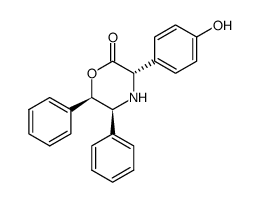 CAS#:670256-97-0
CAS#:670256-97-0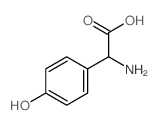 CAS#:6324-01-2
CAS#:6324-01-2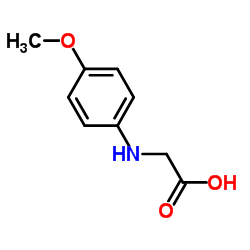 CAS#:24593-48-4
CAS#:24593-48-4 CAS#:37784-25-1
CAS#:37784-25-1![(R)-[[amino(4-hydroxyphenyl)acetyl]amino] Structure](https://image.chemsrc.com/caspic/024/72151-95-2.png) CAS#:72151-95-2
CAS#:72151-95-2 CAS#:43189-12-4
CAS#:43189-12-4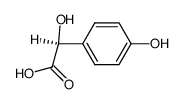 CAS#:13244-75-2
CAS#:13244-75-2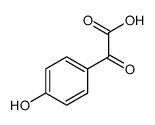 CAS#:15573-67-8
CAS#:15573-67-8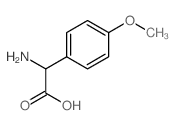 CAS#:2540-53-6
CAS#:2540-53-6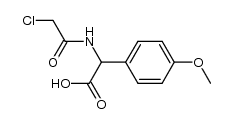 CAS#:24593-47-3
CAS#:24593-47-3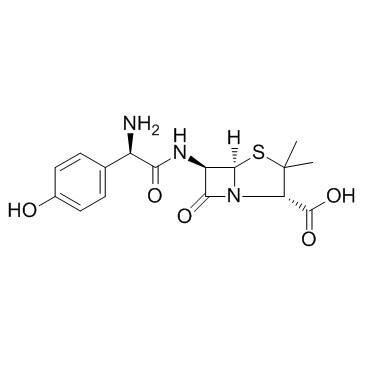 CAS#:26787-78-0
CAS#:26787-78-0
